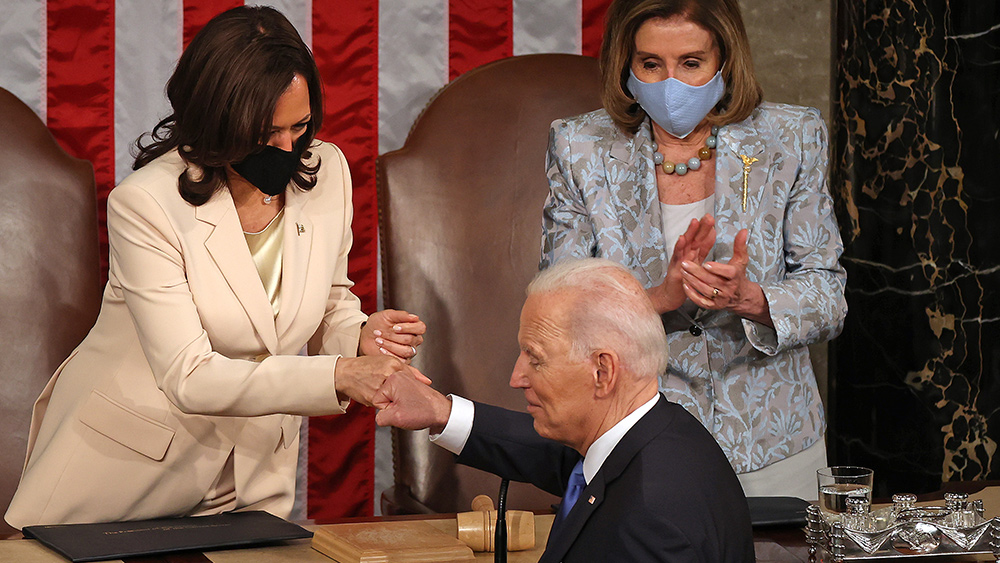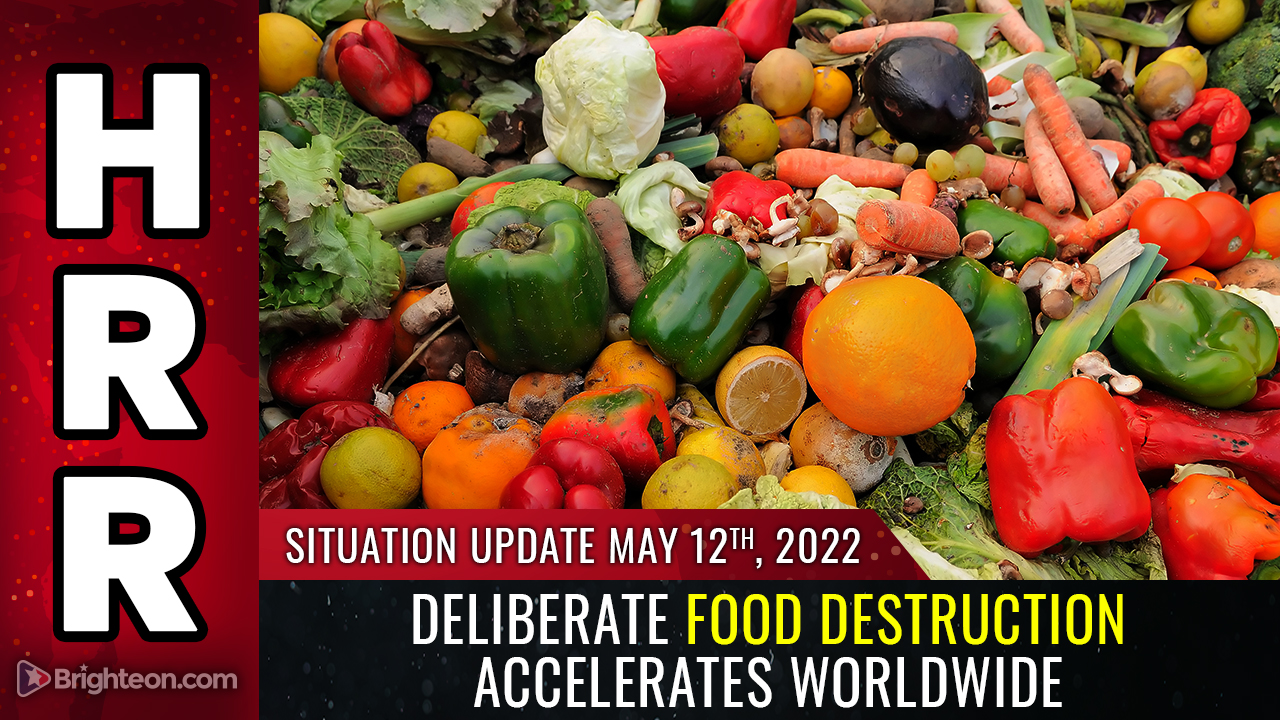Food prices in February were 20.7% higher than a year prior, UN agency warns
03/08/2022 / By Ethan Huff

Before Russian President Vladimir Putin invaded Ukraine, world food prices had already reached a record high, says the United Nations’ (UN) Food and Agriculture Organization (FAO).
The February food price index saw a 20.7 percent year-on-year increase, meaning average food costs were up by this amount in 2022 compared to 2021. Vegetable oils (i.e., soybean oil) and dairy products reportedly led the way.
The FAO’s food price index tracks the most globally traded food commodities, and it averaged 140.7 points last month against a downwardly revised 135.4 points in January.
Rapid inflation caused by central banking corruption and its “bubble” economic policies brought us here, only to have the globalists blame the Wuhan coronavirus (Covid-19) and now the Russian invasion of Ukraine.
The world’s poorest are of course suffering the worst from skyrocketing food costs, not to mention poor crop conditions in many parts of the world.
“A much bigger push for food price inflation comes from outside food production, particularly the energy, fertilizer and feed sectors,” says FAO economist Upali Galketi Aratchilage.
“All these factors tend to squeeze profit margins of food producers, discouraging them from investing and expanding production.”
At what point do we start blaming the true cause of runaway inflation?
Since the food inflation data came before the Russian invasion of Ukraine, the corporate-controlled media is also blaming “[c]oncerns over tensions in the Black Sea area” for food costs steadily rising over the past several years.
Now, the war serves as a convenient cover story for what was already happening anyway as vegetable oils rose 8.5 percent month-on-month in February. Palm, soy and sunflower oil prices are included in this metric.
Together, Russia and Ukraine account for about 80 percent of all global exports of sunflower oil, we are told.
On the month, the cereal price index rose 3.0 percent, while maize prices jumped by 5.1 percent and wheat prices increased 2.1 percent. Again, the media is blaming “uncertainty about global supply flows from Black Sea ports” for this.
“AO’s dairy price index increased 6.4%, its sixth consecutive monthly rise, underpinned by tight global supplies, while meat prices rose 1.1% in February,” Reuters further reported.
“By contrast, sugar was the sole index to post a decrease, shedding 1.9% from the previous month due partly to favourable production prospects in major exporters India and Thailand.”
The FAO projected that global wheat production would rise this year from 775.4 million tonnes in 2021 to 790 million tonnes this year. Canada, the United States and much of Asia is expected to see “extensive planting.”
The UN group did, however, emphasize that this projection did not take into account a possible conflict between Russia and Ukraine.
In Argentina and Brazil, maize outputs for 2022 were forecast at well above-average levels. This is especially true for Brazil, which saw a record 112 million tonnes of maize output.
World cereal utilization in 2021 / 22 was forecast to rise 1.5 percent above the 2020 / 21 level, reaching 2.802 billion tonnes. The FAO’s forecast for world cereal stocks by the close of seasons in 2022 remains at around 836 million tonnes.
“Believe me, when we get to the other side of this mess, just like 1790’s France, the guillotines will be brought out and thousands will lose their heads ranging from politicians, to bankers, to corporate heads, the medical establishment, to the media!” wrote one optimistic commenter at Natural News about all of this.
“The lies, the deceptions, the loss of life as a ‘means to an end’ for the globalists … it will be historic!”
Another emphasized that this is all highly unlikely to just “blow over” as it seems to have done in the past.
The latest news coverage about these issues can be found at Collapse.news.
Sources for this article include:
Submit a correction >>
Tagged Under:
bubble, chaos, collapse, Food and Agriculture Organization, food collapse, food shortage, food supply, grocery, harvest, inflation, panic, prices, products, risk, starvation, UN, United Nations, war
This article may contain statements that reflect the opinion of the author
RECENT NEWS & ARTICLES
FoodRationing.news is a fact-based public education website published by FoodRationing News Features, LLC.
All content copyright © 2021 by FoodRationing News Features, LLC.
Contact Us with Tips or Corrections
All trademarks, registered trademarks and servicemarks mentioned on this site are the property of their respective owners.

















